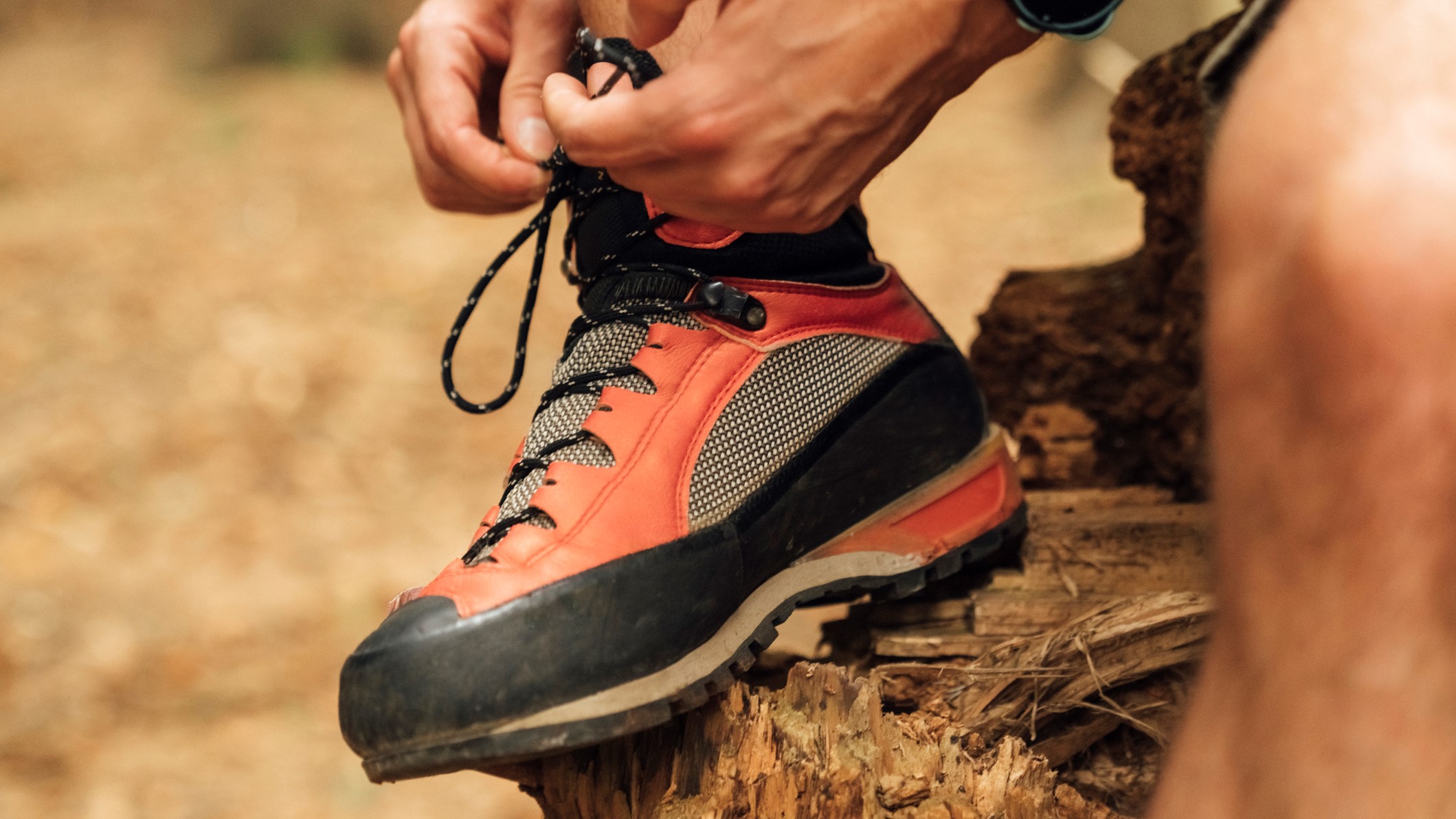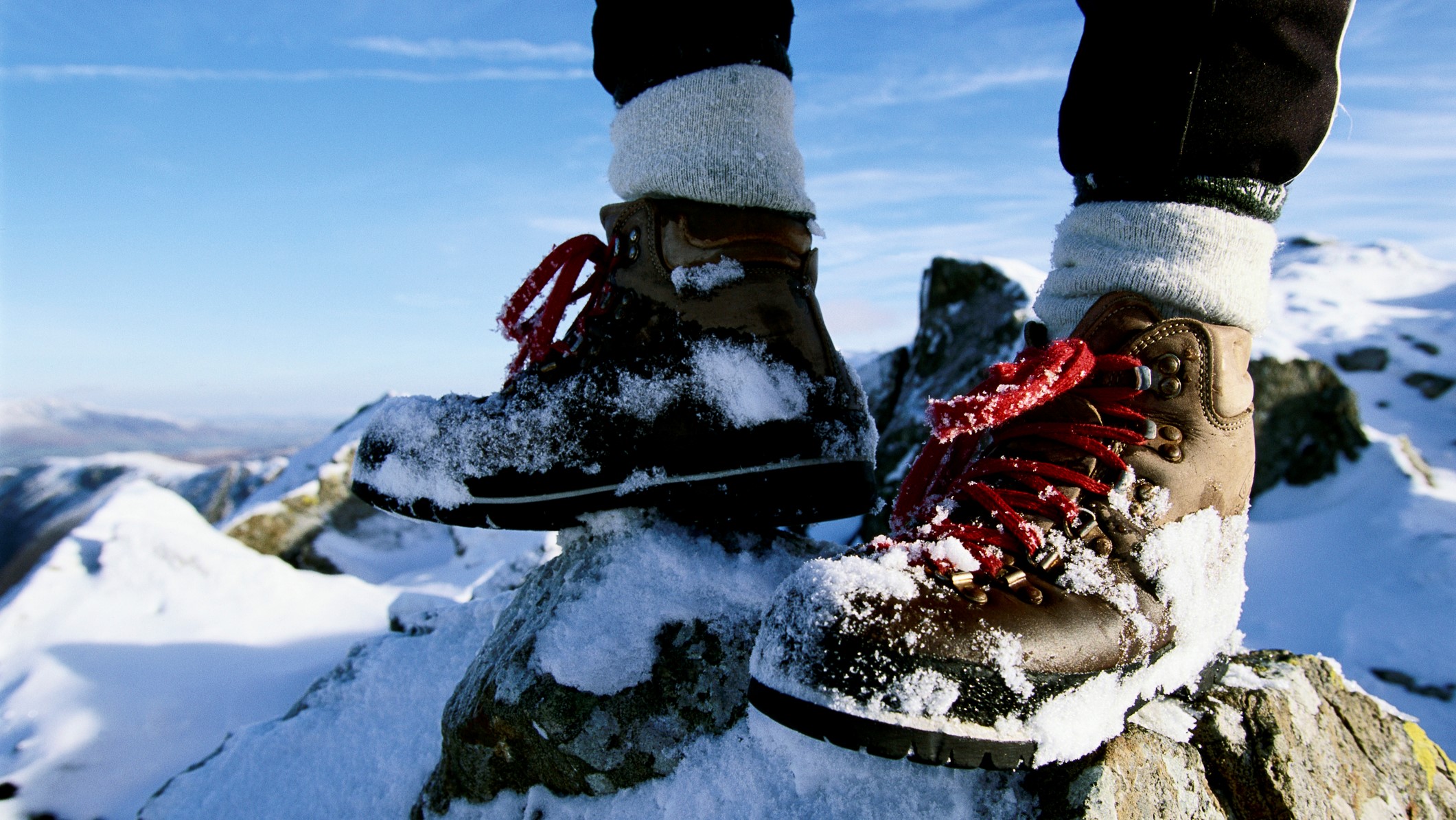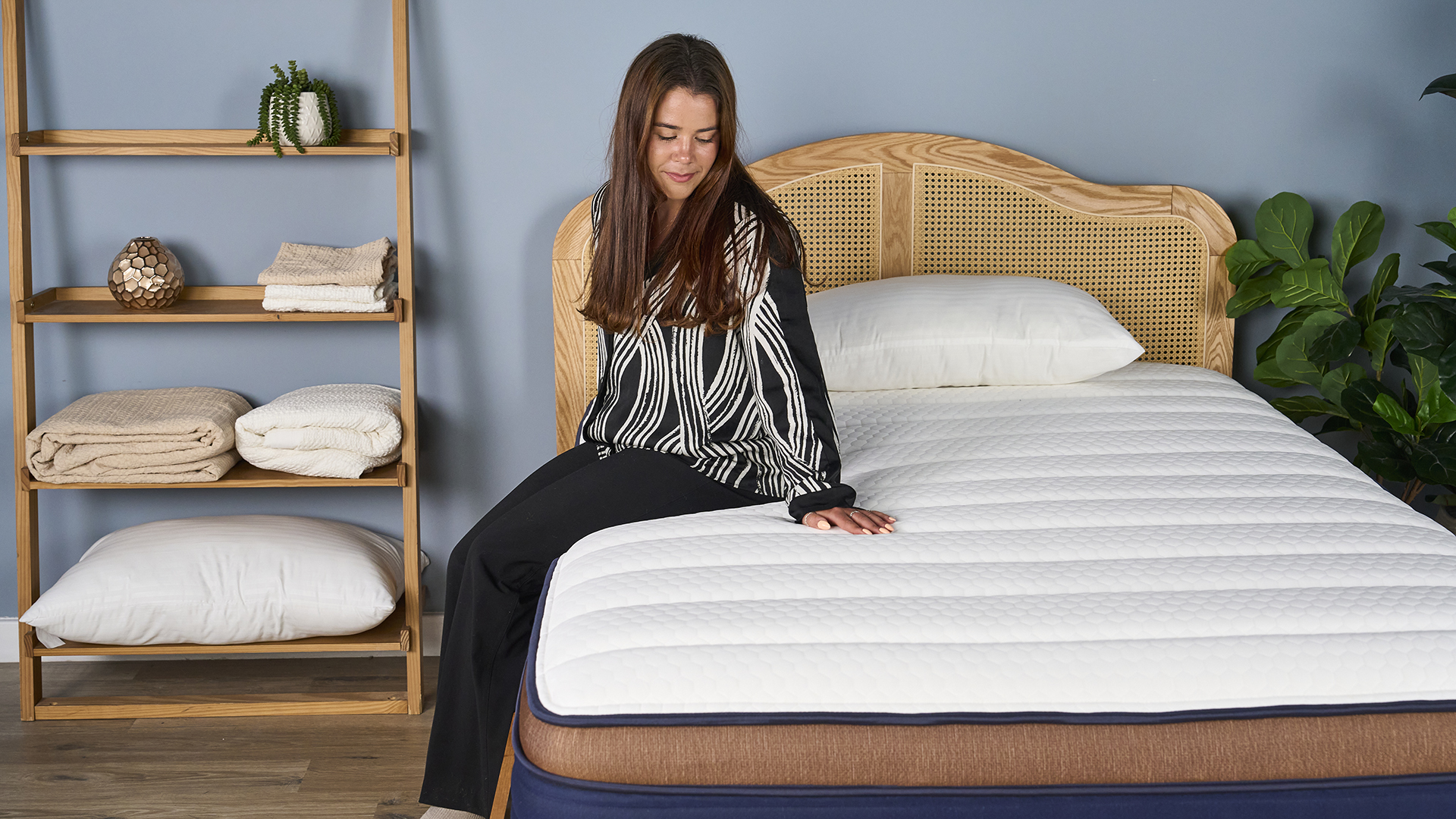How should hiking boots fit, and how do I choose the right pair for me?
Confused when shopping for hiking boots? Here's how to choose the right pair

If you are about to start hiking, the single most important consideration in terms of kit is what you put on your feet. You are going to be spending a lot of time with your hiking boots, so choose wisely and treat them well. You’ll be glad you did.
We've hand-picked the best hiking boots to wear for every adventure but read on to find out more about how to choose hiking boots, and how they should fit.
Which type of do I choose?
There are a few options when it comes to hiking footwear. What you choose will depend on the kind of hiking you are planning.
Hiking shoes and trail-running shoes are low in the ankle, fairly light and will not need much (if any) breaking in. They are good for shorter hikes on terrain that is not too challenging, as they’re flexible, reasonably sturdy (hiking shoes are tougher than trail shoes) and the ventilated mesh will help to keep your feet cool. They offer less stability than boots when you are carrying a full backpack, and will give minimal protection from water and debris. Experienced hikers often use them on tough terrain, but this is not a good idea if you are new to hiking.
Hiking boots, which come up higher on the ankle (mid-cut or high-cut), can be broken into two main categories: those designed for most people and those built for serious expeditions in the most challenging environments. Full-grain leather boots are only really needed for the hard-core stuff. Most hikers choose synthetic/leather (suede, nubuck) boots, which offer good waterproofing, protection, and durability, and are suitable for almost all conditions.

How to shop for hiking boots — learning the lingo
You will likely hear a lot of weird-sounding terms when you are trying to find the hiking boot or shoe that best suits your needs. Here’s what you need to know.
The insole, which is usually removable, offers cushioning and comfort so your feet are not sitting directly on the harder midsole
Sign up to get the BEST of Tom's Guide direct to your inbox.
Get instant access to breaking news, the hottest reviews, great deals and helpful tips.
The midsole determines the level of stiffness underfoot and protects your feet from the pounding they are going to take. A stiffer midsole gives more protection from rocks and hard, rutted terrain, but more flexible midsoles are easier on your feet.
The outsole is your foot’s first line of defence. It is made of rubber of varying degrees of toughness, and carbon is sometimes added. The hard-wearing, aggressive lugs are designed to aid traction. The lug (tread) pattern and depth vary greatly; the deeper the lug, the greater the traction, while widely spaced lugs shed mud more easily. Some boots also have a rand, a strip of rubber reinforcement around the entire boot, or just the toe. It’s there for added protection.
The upper is what you see of the boot above the outsole and midsole. It can be made of leather or synthetic materials, or, usually, a combination of the two.
The tongue should be comfortably thick. It stops debris from getting in and keeps your foot away from the laces.
The collar or cuff wraps the ankle. The inside should be soft, while the outside will be rigid on anything more robust than shoes designed for easy trails.
The toe box is where your toes sit. It ought to be wide enough to allow them to splay, but also tough enough to protect them.
Robust hooks, eyelets, and d-rings will allow you to lace the boots securely and to your liking.
The membrane is a layer of fabric (such as eVent or GoreTex) that provides breathability and waterproofing.
What to look for when buying hiking boots
Spend time choosing your hiking boots or shoes. A low-cut or ankle-height pair will be ideal at this stage of your hiking life. Think about where you will be hiking, how often, and what kind of backpack you will be carrying (a boot with a higher cut will aid your stability if you are hauling a heavy pack). This is how you’ll get it right.
- Get the best pair you can afford.
- Try them in-store later in the day, when your feet are slightly swollen. If you buy online, don’t settle: send them back if they are not right.
- They should be secure but not tight. And if they are too loose, your feet are going to slide around inside — this sort of friction can lead to hot spots and blisters. You may also have to tie your laces extremely tightly, and this can cause pain on the top of the foot.
- Make sure your heel does not slide up and down as you walk. This is a sure way to rub the skin from your Achilles tendon, which you absolutely do not want to do. You should be able to slide a finger down the back of your heel, but it should be a snug fit.
- You should be able to wiggle your toes in the toe box. Squished toes can lead to blisters and sweaty discomfort, especially when you are heading downhill with a pack pushing you on, which will jam your toes against the top of the boot.
- If you wear insoles, bring them when you are trying on boots.
- Try a few pairs and don’t be rushed into a purchase. Ask as many questions as you like.
- Wear them around the house or doing errands to break them in and ensure they are the boots for you. If you have bought boots rather than hiking/trail shoes, they will likely feel a little strange underfoot – stiff and clumsy – but this is normal. Wear them first on an easy, short hike to see how they feel.
A note on socks. There is little point in carefully choosing a pair of boots and then pulling on any old pair of socks. You need socks designed for hiking, so they ought to be breathable, quick to dry and offer decent cushioning. A combination of synthetic fibres and a wool such as merino is excellent. A small percentage of Lycra can help with fit and may stop your socks from slipping down into your boot.
Looking for more hiking advice? We've found the best hikes in Yosemite National Park and the best hikes in Yellowstone National Park to get you ready for adventure.
John is a writer and editor based in London. He was worked for magazines such as Runner’s World, Men’s Health, Women’s Health and Cosmopolitan. A keen runner, what he lacks in ability he makes up for with enthusiasm and excuses.

